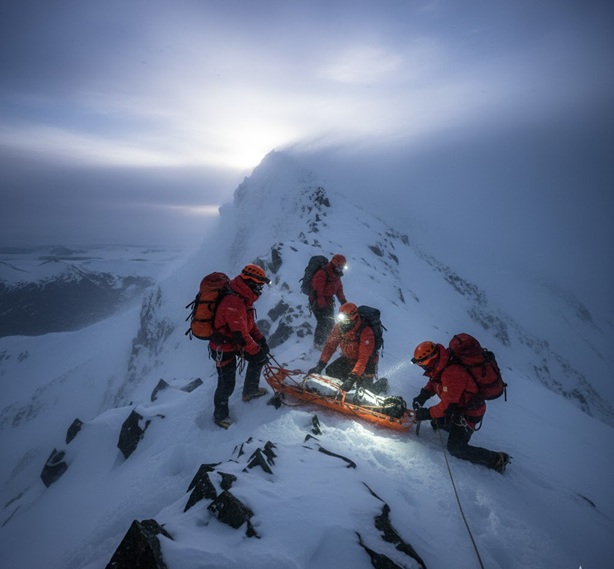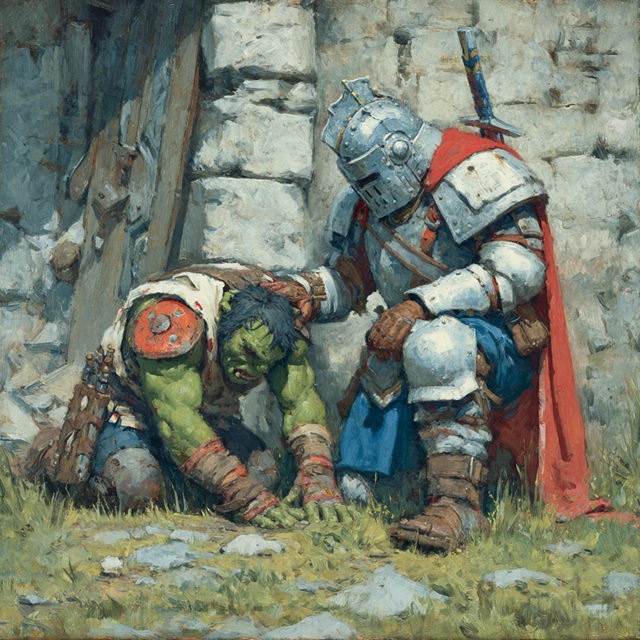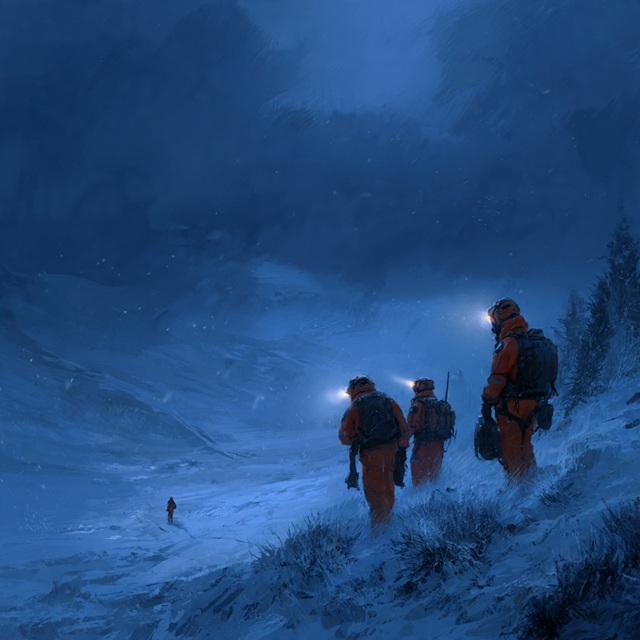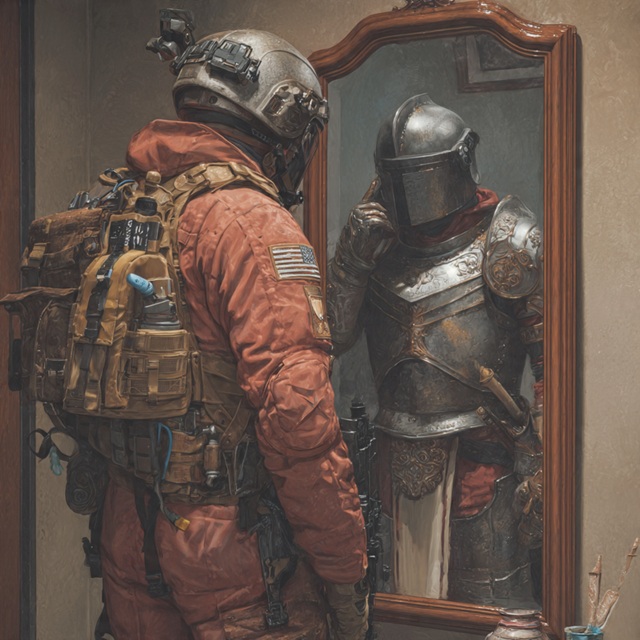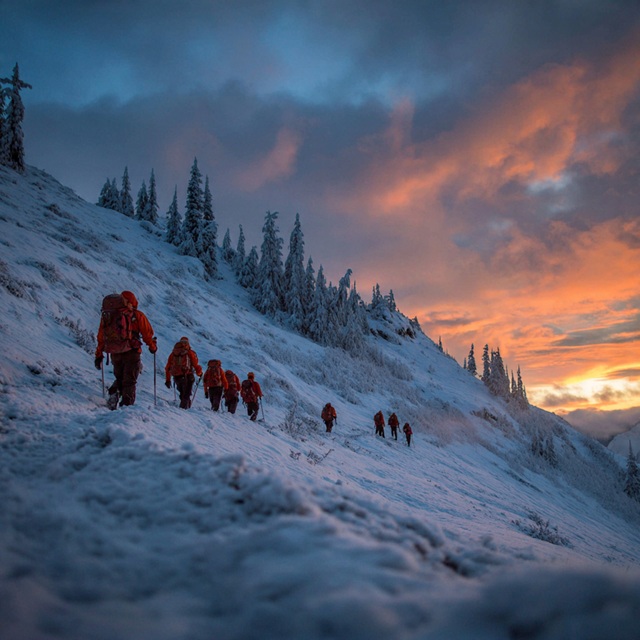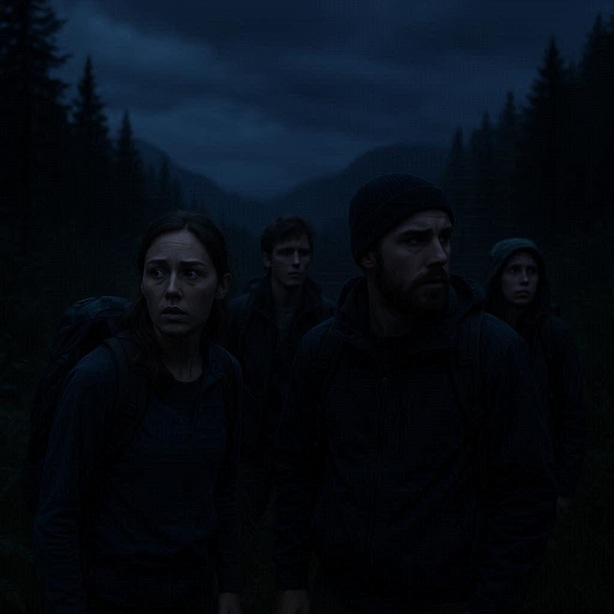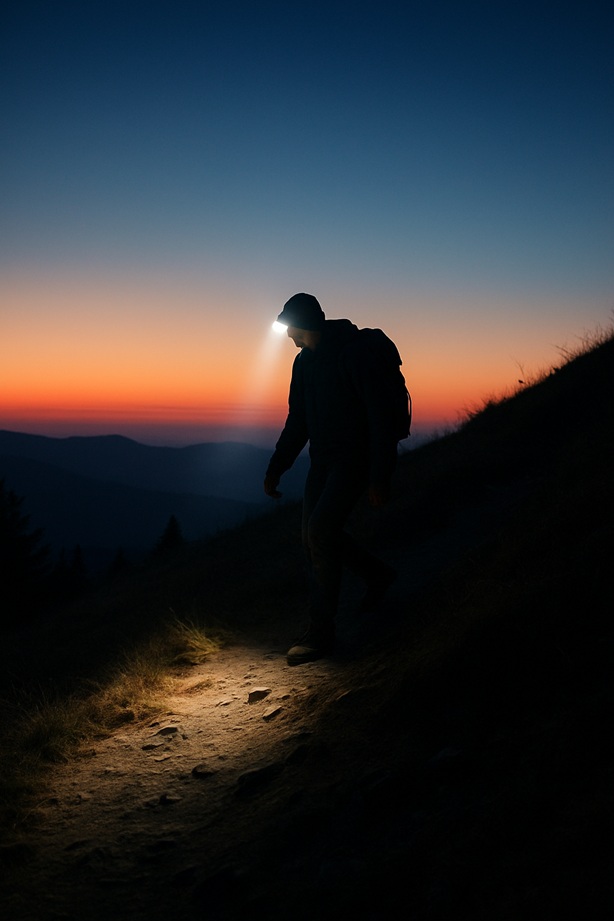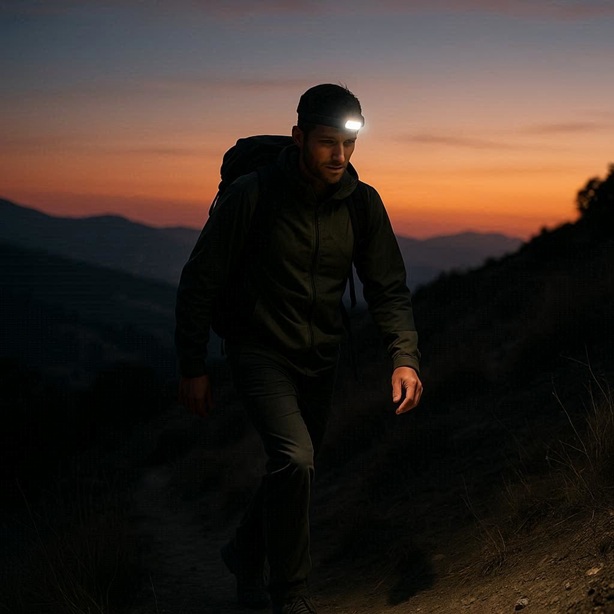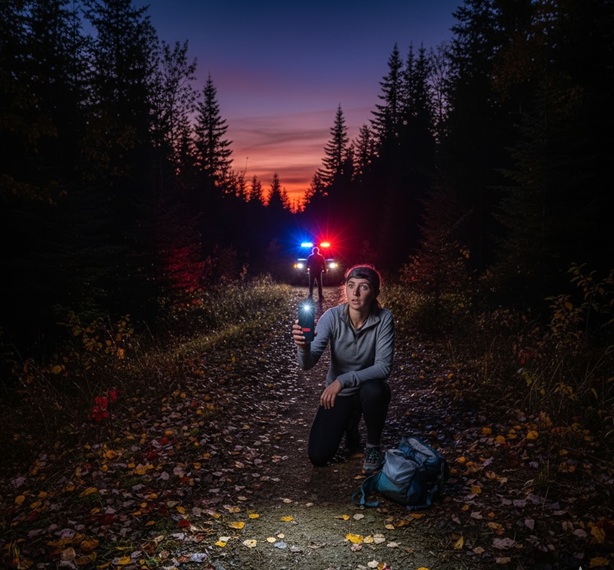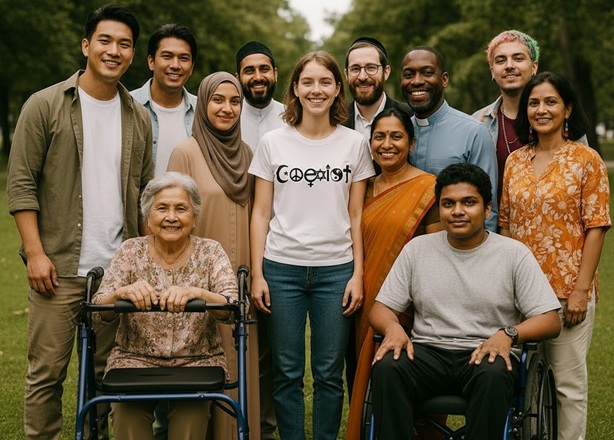Once a year the universe aligns in a way that makes absolutely no sense, placing the pinnacle of martial discipline and the height of soapy self-indulgence side-by-side. December 5 is both International Ninja Day and Bathtub Party Day, a pairing so improbably perfect, it feels like it was engineered by a secret council of pajama-clad assassins with excellent skincare routines.
For the warrior of the night, this is not a contradiction. It is a mandatory schedule change. Every master of espionage knows that if you can’t defeat your enemy, you must de-stress from them. So, sharpen your claws, grab your loofah and prepare to transition from the shadows of the dojo to the shadows of the lavender-scented foam.
This is the one sacred evening each year that the shadow warrior steps out of the darkness and into the steam. What follows is the essential protocol for surviving the most conflicted holiday on the calendar.
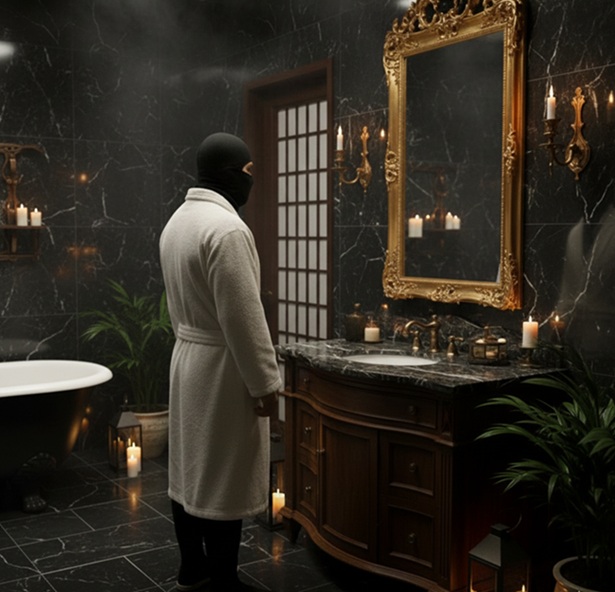
Phase 1: Preparation and Gear Swap
Every ninja knows the moment: the mission is complete, the moon is high and the body aches from a long day of rooftop skulking. The ceremonial removal of the ninja suit is not merely practical. It is spiritual.
The first and most critical step for any operation is proper gear. And frankly, a balaclava mask and heavy vest are not conducive to proper soaking. The weapons belt is replaced with a sash that says, “I have nowhere to be and that is my greatest power.”
This is not weakness. This is tactical relaxation.
The Gear Swap: From Black Armor to Terrycloth Robe
The familiar sensation of a damp, heavy cowl is replaced by the glorious relief of a comfy terrycloth robe. This is not a surrender. It is a tactical evolution. The ninja suit is designed to hide your presence. The robe is designed to embrace your comfort. We are trading out the Kyahan for plush slippers and the Kusari Katabira for a generous application of scented body lotion. It’s an exercise in silent, luxurious shedding. The relief is palpable, an unburdening necessary for any effective deep-cover operation.
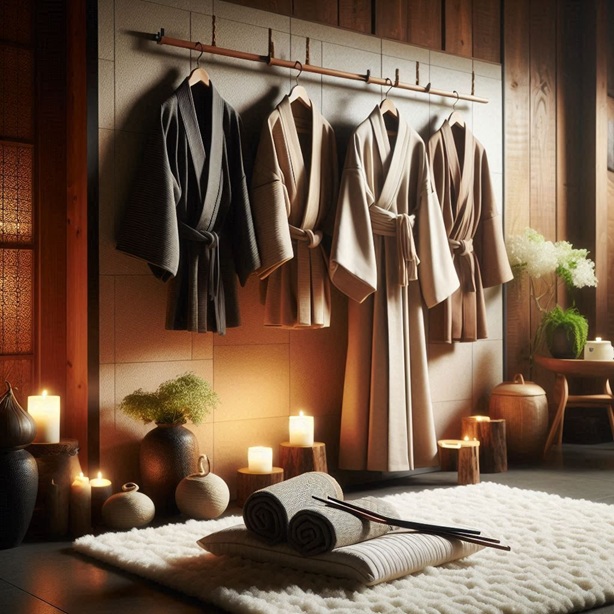
The Water Temple: The Quest for Absolute Silence
A master of the Shinobi arts lives in a world of constant threat and auditory distractions, the whisper of a rival, the clang of steel, the muffled chaos of a forgotten target. The bathtub, however, is the only place where true absolute silence can be achieved.
Outside the bathroom door: Chaos. Notifications. Deadlines. Arguments about socks.
Inside the tub: Bubbles. Eternal. Unjudging.
We call it The Water Temple. No steel. No screams. Only the distant whisper of a rubber bath mat losing suction.
The ninja views the porcelain basin not as a sanitary necessity, but as a sacred chamber. The peaceful lapping water against the memory of battle is essential for psychological recalibration. Fail to appreciate the silence and you risk a permanent twitch.

Phase 2: Execution and Advanced Relaxation Techniques
With the gear secured and the objective set, it’s time to deploy advanced techniques.
The Flotation Method: Ninja Breathing Repurposed
Ancient scrolls once described a breathing technique used to endure underwater escapes. Today it has been re-commissioned for bubble-based levitation.
You know the classic ninja technique: slow, deep breathing to regulate heart rate, maximize oxygenation and steady the hand before a 100-foot vertical ascent. Now, that same discipline is repurposed to allow perfect, meditative floating among the bubbles. Inhale for a count of six, exhale for a count of six and allow the laws of buoyancy and hydrotherapy to take over. If you start to drift, simply use a subtle, silent sculling motion of the tips of your fingers. Maximum float, minimum splash.
The Silent Kill (of Stress): Perfect Bath Bomb Deployment
A true ninja never makes noise when deploying a weapon. This philosophy is paramount when introducing a brightly colored sphere of pure stress relief into the bathwater.
This is The Silent Kill (of Stress). Dropping a bath bomb is not a casual act. A sloppy plop sends up waves, shatters tranquility and alerts the enemy. To drop a bath bomb with zero splash and maintain a state of perfect Zen, one must lower it with the unwavering focus of someone disarming a pressure mine. The key is submersion velocity and angle. Too fast and you betray your position with a tidal wave. Too slow and you lose valuable fizz time. It must be a smooth, controlled descent. Not even the resulting fizz may be audible.
A true ninja drops the bath bomb with:
- Zero splash
- Zero sound
- Maximum bloom
The fizz spreads silently across the water like lavender-scented smoke across a battlefield of porcelain. Stress is neutralized without a scream.

Shuriken of Self-Care: Maximum Damage Control
The ninja’s hand-to-hand combat training is not wasted. It’s just redirected. Forget throwing stars. Today, we wield Shuriken of Self-Care.
Once your hands shaped throwing stars. Now they wield exfoliation mitts of devastating effectiveness.
Dead skin cells are the enemy. Dry elbows are insurgents. The loofah knows no mercy. You don’t leave scratches anymore. You leave radiance, aggressively targeting dead cells and rough patches with the same focused intensity one might use to dismantle a political rival. The scrub is brutal, swift and leaves behind only smooth, unmarked victory.
Phase 3: Perimeter Security and Escape Route
Even in a fortress of calm, a ninja never lets their guard down. The most significant threat? Anyone who dares to interrupt the soak.
The Art of Shadow (Play): The Impenetrable Fortress of Calm
The modern spa ninja no longer disappears into darkness. Instead, they vanish into strategic candle placement.
To deter interference, the ninja must first eliminate unnecessary visibility. Use candlelight and essential oils to create a hidden, impenetrable fortress of calm: Three candles behind the faucet. Two near the soap. One dangerously placed on the toilet tank for dramatic backlighting.
The shadows conceal your presence and the aromatherapy acts as a psychological deterrent. Steam becomes smoke. The tub becomes a fortress. The world can not penetrate your aromatic defenses. The scent of sandalwood and lavender warns any approaching family member, “I am here, but my spirit is elsewhere and I will be back for vengeance if disturbed.”
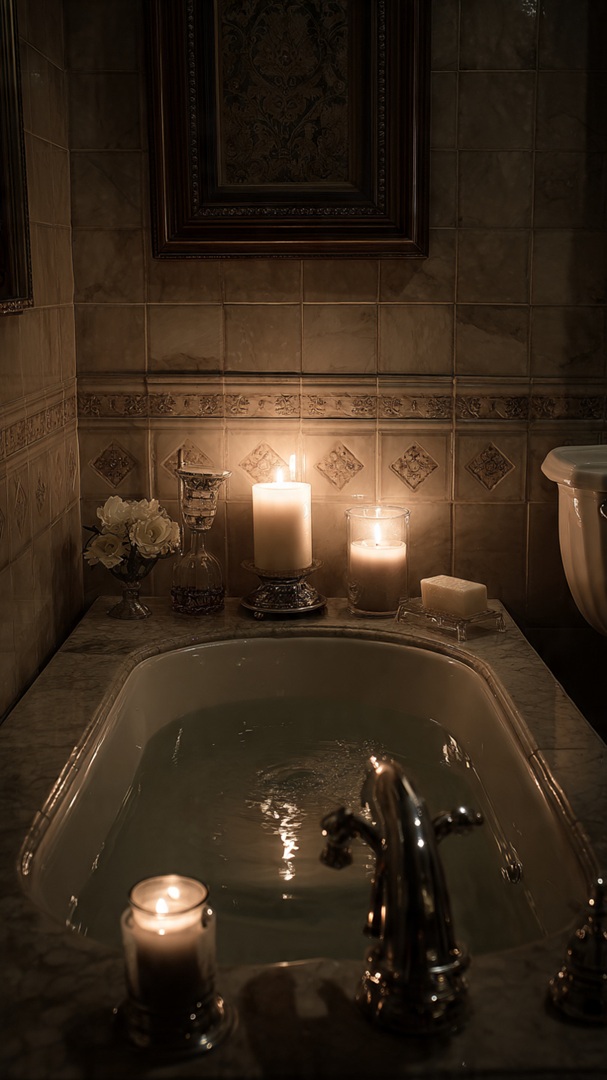
The Sentinel (A Rubber Duck?): Guarding the Perimeter
No fortress is complete without a lookout.
Tonight, that responsibility belongs to Captain Quacks-A-Lot, posted bravely on the far rim of the tub. His mission:
- Observe the doorway
- Judge silently
- Take the hit if shampoo bottles fall during an ambush
The duck does not flinch. The duck never flinches.
Yes, the rubber ducky is not a toy. It is The Sentinel. Designated by the Master as the lookout, its primary mission is to silently guard the perimeter against intruders. If the Sentinel is nudged, jostled or, God forbid, submerged by an unauthorized entity, the alarm phase is initiated. Its stoic, unblinking gaze is the last thing any unsuspecting partner or spouse will see before they are met with a furious “I am not done yet!”
The Emergency Exit Strategy: Raid the Snack Tray
Every ninja bath includes a contingency plan, because just as peace is deepest, danger arrives.
It comes in many forms:
- A child asking for snacks
- A spouse asking “how long will you be?”
- A dog pushing the door open with its schnoz
Should The Sentinel be compromised or should the bathwater reach an unacceptable temperature, an immediate extraction is required.
The Emergency Exit Strategy is deployed:
- Phase I (Extraction): Execute a quick, silent, single-motion stand.
- Phase II (Cloaking): Secure a quick, silent towel wrap, ensuring zero wet footprints on the floor, disappearing like a well moisturized ghost.
- Phase III (Objective): Proceed immediately to the designated Snack Tray.
If a family member is attempting to raid the sacred bath snacks, you must strike. You may exit the tub for this one act of righteous defense. No snack may be lost. Honor must remain.

Final Thoughts from the Steam
December 5 is a reminder that even the deadliest warrior deserves:
- Warm water
- Soft fabric
- A duck who believes in them
So tonight draw the curtains, light the candle, lower the bath bomb with surgical precision.
Because the greatest mastery isn’t combat. It’s knowing when to put the sword down and pick the bubble wand up instead. 🛁🥷🦆
Happy International Ninja Day. Now go forth and soak in peace. You’ve earned it.


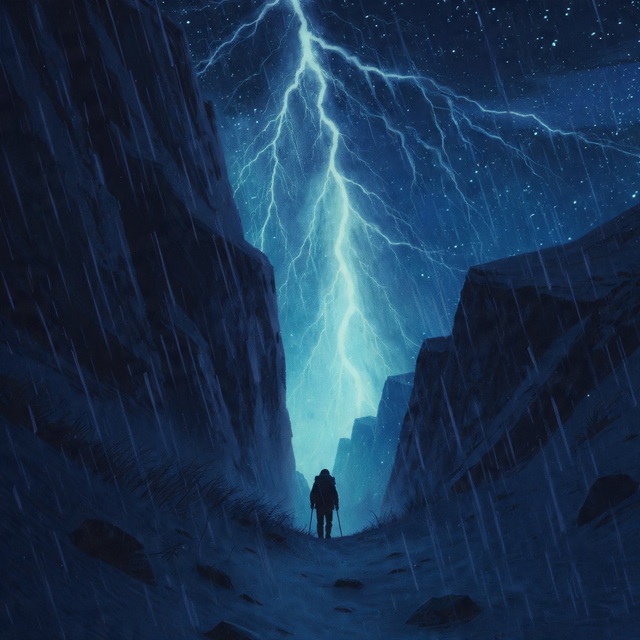
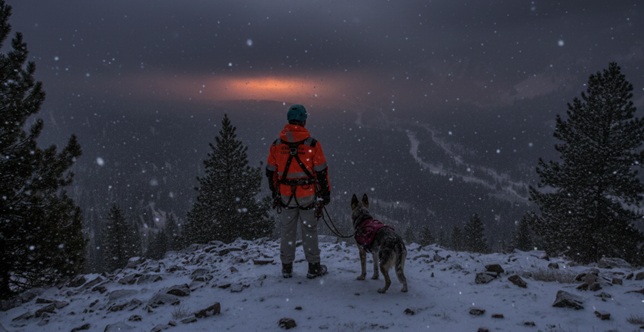

 The newly formed Congress adopted the turkey as Gallus Patrioticus, the official Seal of the United States. The Great Seal was ratified, featuring a magnificent male turkey in full strut, tail fanned wide, clutching a bundle of arrows with one foot and an olive branch with the other. The official motto was Latin, E Pluribus Gobble, but the vernacular one was “United We Gobble”.
The newly formed Congress adopted the turkey as Gallus Patrioticus, the official Seal of the United States. The Great Seal was ratified, featuring a magnificent male turkey in full strut, tail fanned wide, clutching a bundle of arrows with one foot and an olive branch with the other. The official motto was Latin, E Pluribus Gobble, but the vernacular one was “United We Gobble”.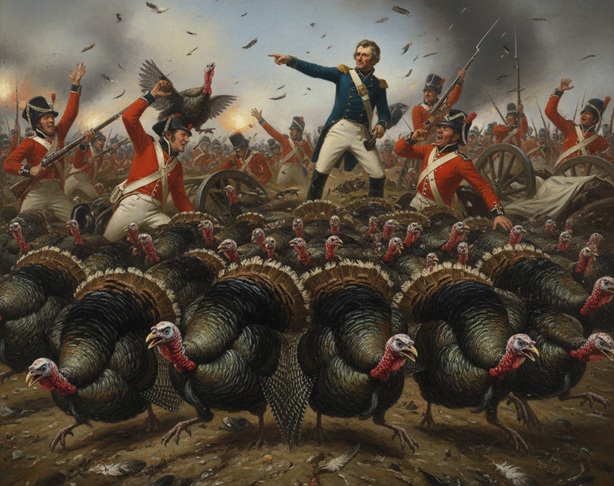

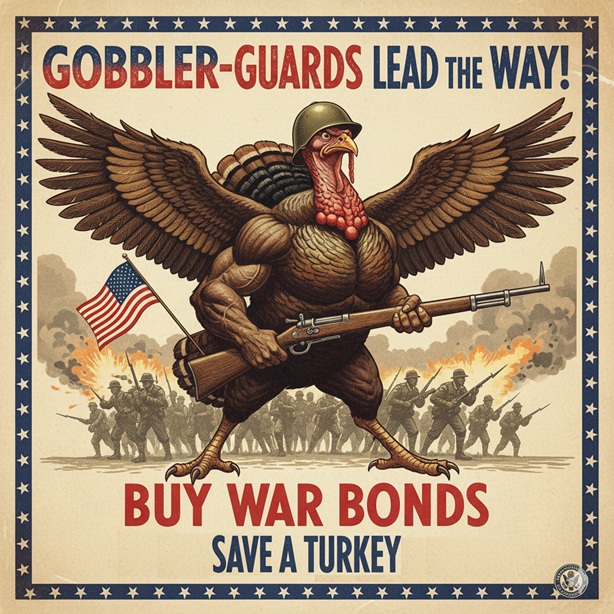

 Still, the turkey appeared on the patch for Apollo 11, holding a small American flag. The Apollo 11 lunar lander was named the “Turkey”. “The Turkey has landed,” Armstrong reportedly said when the lunar module touched down, pausing just long enough for Mission Control to wonder whether he meant the spacecraft or himself. A moment later he added, “Please advise if we should baste or proceed.”
Still, the turkey appeared on the patch for Apollo 11, holding a small American flag. The Apollo 11 lunar lander was named the “Turkey”. “The Turkey has landed,” Armstrong reportedly said when the lunar module touched down, pausing just long enough for Mission Control to wonder whether he meant the spacecraft or himself. A moment later he added, “Please advise if we should baste or proceed.”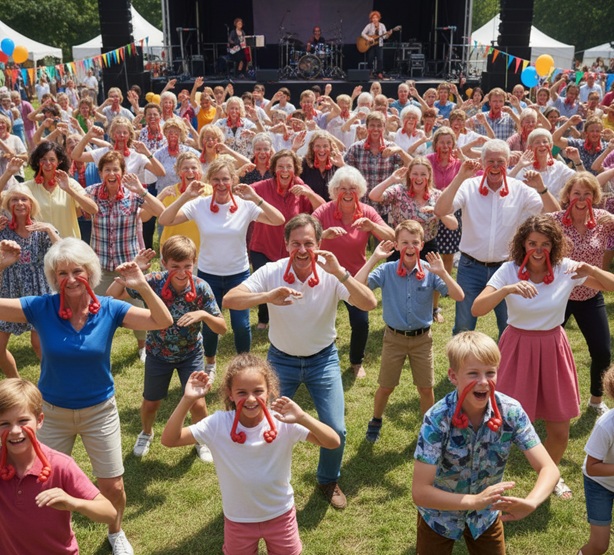



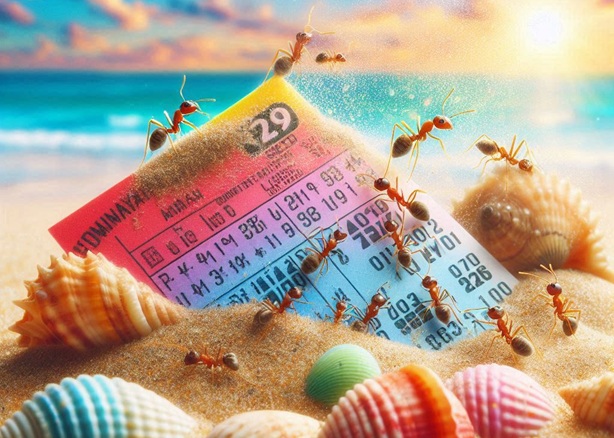

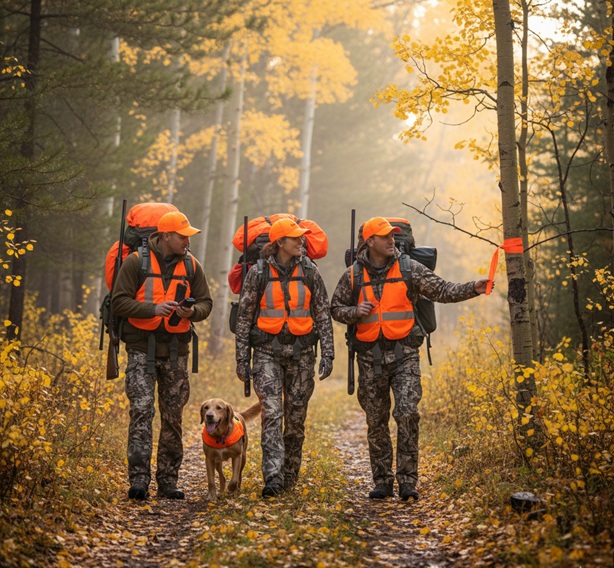
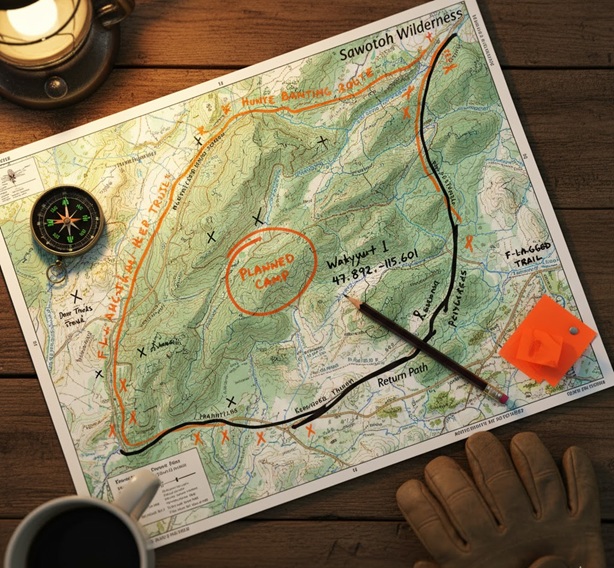
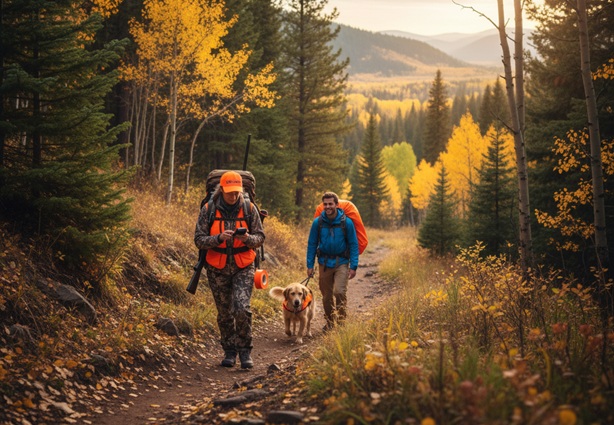
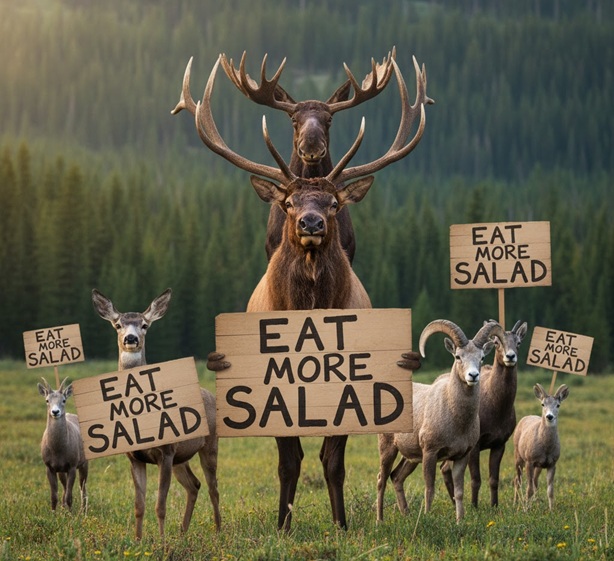
 Today is National I Love to Write Day and I wanted to take the opportunity to talk about something I get asked more often than you’d think: “Why do you write?”
Today is National I Love to Write Day and I wanted to take the opportunity to talk about something I get asked more often than you’d think: “Why do you write?”

